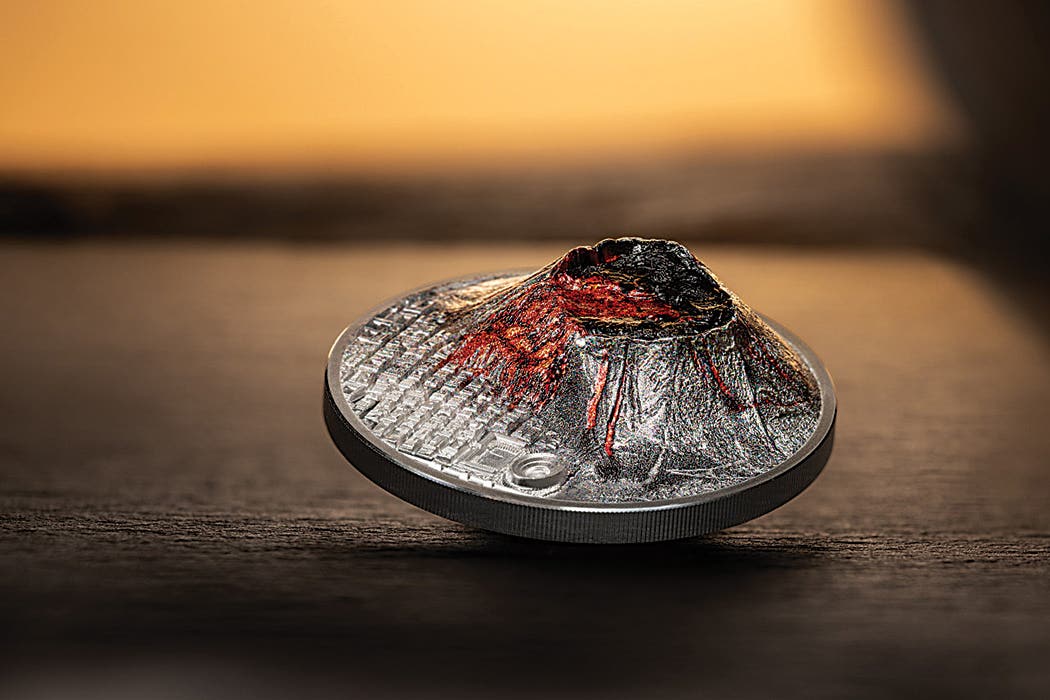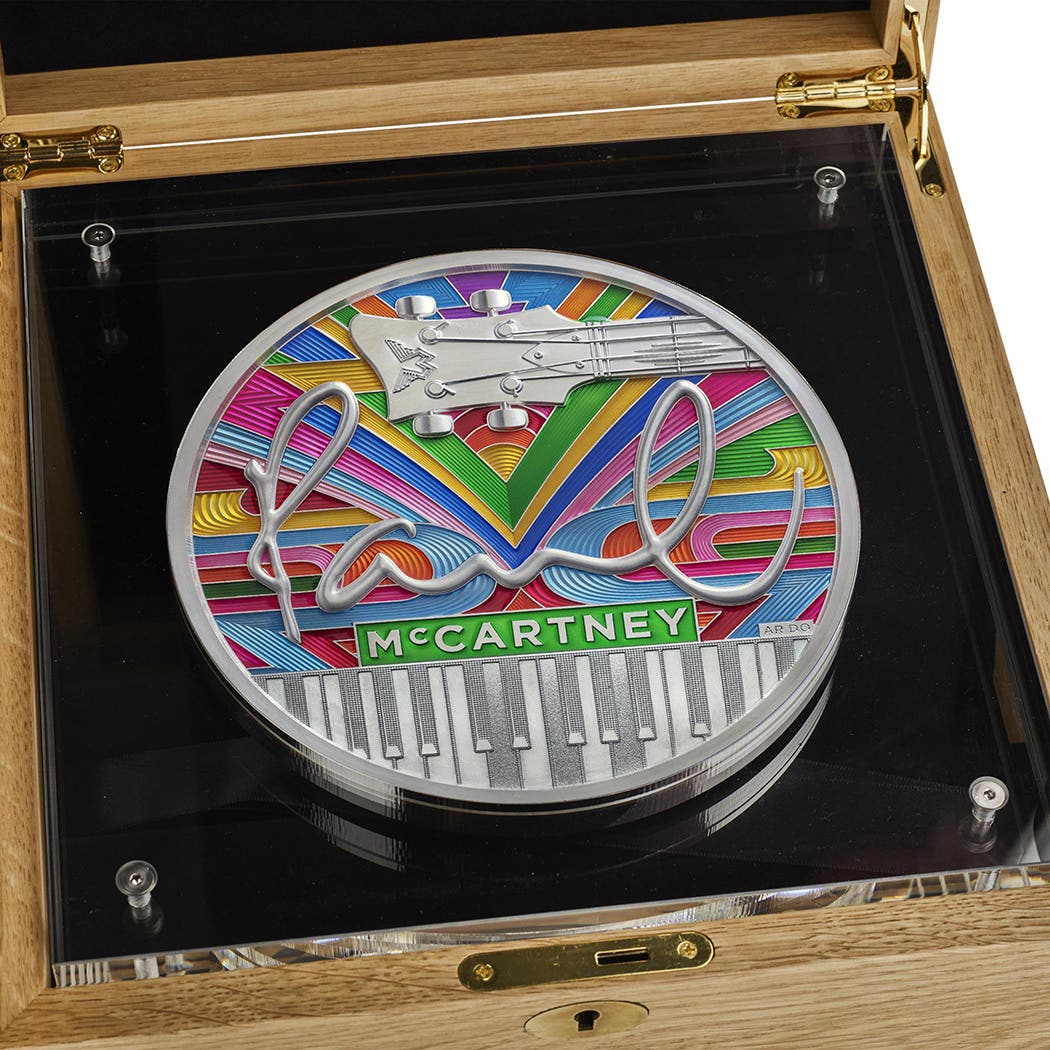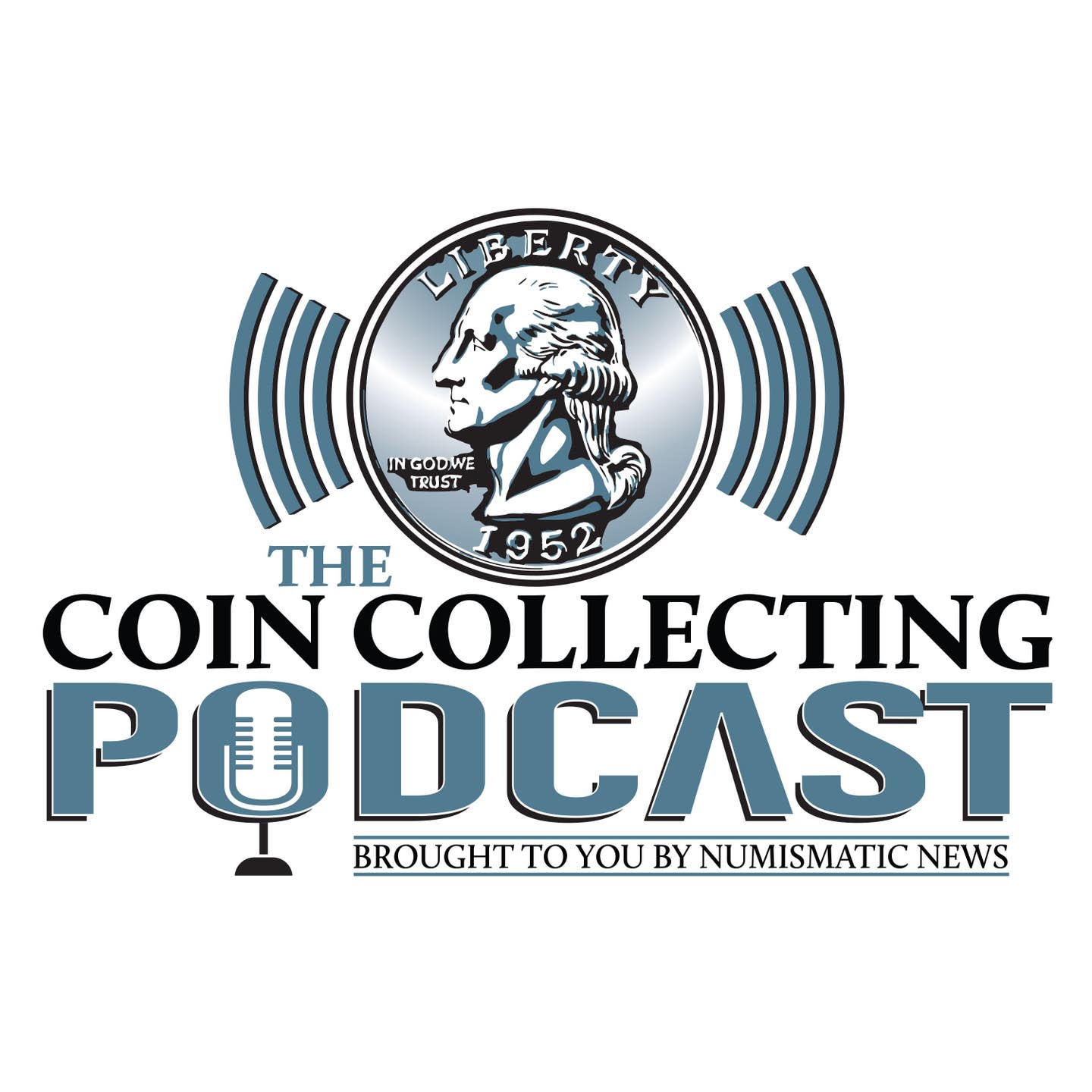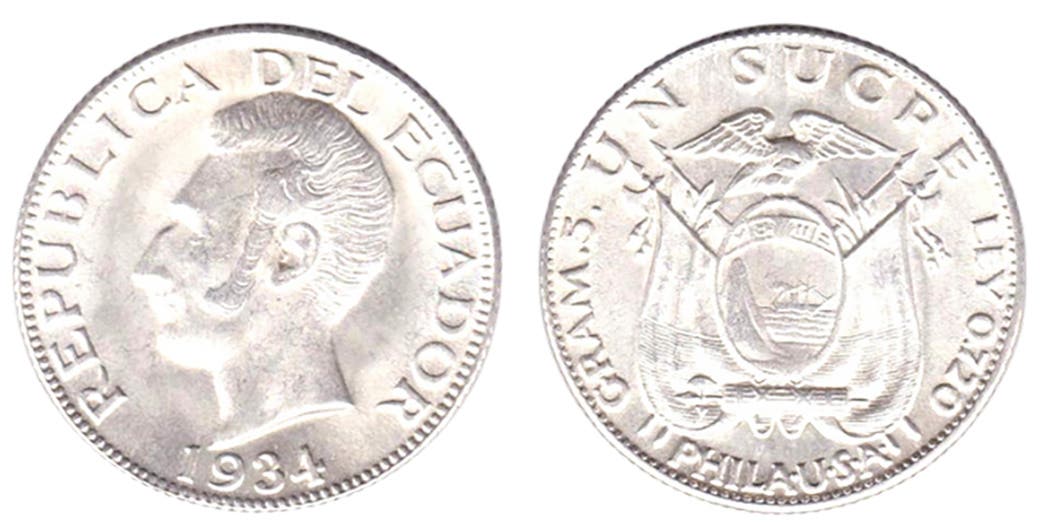Treasure Chest of Gold & Silver from Croatia
June 25, 2021, marked the 30th anniversary of independence for Croatia. Historically Croatia had been a part of Hungary until Dec. 1, 1918, when it joined with the Serbs and…
June 25, 2021, marked the 30th anniversary of independence for Croatia. Historically Croatia had been a part of Hungary until Dec. 1, 1918, when it joined with the Serbs and Slovenes to form the Kingdom of the Serbs, Croats and Slovenes. On Oct. 3, 1929, the countries name was officially changed to Yugoslavia.
In 1941 several coins were issued which are usually considered as emanating from the Kingdom of Croatia. There were patterns and types that have been considered regular issues. Most of these are fairly scarce, except for the 2 Kune, which you can find from time to time.
Those 1941 coins were a bit of wishful thinking and pretty premature, as Croatia remained with Yugoslavia after WWII. A long wait of 50 years stood between Croatia and full independence.
In 1991, just three months after the outbreak of the Croatian War of Independence, the Croatian parliament made the historic decision to separate the nation from the Yugoslav federation. This decision was preceded by a referendum in which 93.24% of the population voted for a sovereign and independent Croatia.
After the establishment of a Republic in Croatia, coins soon followed. The earliest dated Republic of Croatia coins are 1993, but I don’t believe they were released until 1994. Circulation coins were produced in large mintages and with new strikes coming every other year. Odd dated years used Croatian for the reverse legend, while even dated years used Latin.
Proof sets dated 1993 were struck for collectors in base metal, silver and gold versions. The base metal sets were quite popular but in each new dated release the proof set mintages shrunk until supply covered demand within the Croatian collecting community. By 1997 proof set mintages were 2,000. By the dawn of the 21st century Croatian proof set mintages were generally coming in at 1,000.
This year, to mark the occasion of their 30th Anniversary of Independence, the Croatian National Bank in cooperation with the Croatian Monetary Institute is issuing two special coin sets that focus on an important symbol of Croatia’s sovereignty: the first circulation coins of the young nation.
These sets will use the original circulating coinage designs, but be struck in gold and silver. Mintages will be strictly limited with the gold strikes having a mintage of only 30 sets and the silver strikes limited to only 300 sets. Keep in mind what I mentioned earlier about supply and demand. Knowing that 1,000 set mintages were the norm for most of the last 20 years, you can guess that obtaining on of these 30th Anniversary sets will be quite difficult.
Officially the Republic of Croatia issued its first circulation coins on May 30, 1994. At this time the Croatian kuna (HRK) replaced the Croatian dinar. The Dinar had been introduced on December 23, 1991, as the first transitional currency of sovereign Croatia, however, it had only existed in the form of banknotes.
In 1994 a set of Croatian circulation coins was composed of nine denominations: 1, 2, 5, 10, 20 and 50 lipa as well as 1, 2 and 5 kuna. The 2021 silver and gold sets will follow that pattern. All coins below one kuna feature typical plants of the country on the reverse, while higher denominations depict three native animals of Croatia.
The larger denominations of 1, 2 and 5 kuna, featured the denomination superimposed over a marten on the Standard Catalog of World Coins recognized obverse. The marten reflects back to customs in medieval Croatia when taxes and duties were paid in marten skins. Thus, the depiction of a marten found its way onto the oldest pieces of Croatian coinage. The marten links the modern kuna to the historical roots of the Croatian nation in a very real and recognizable way.
The SCWC obverse of the smaller circulating coinage of 1, 2, 5, 10, 20 and 50 lipa, feature a linden leaf under their denominations. The linden tree is considered a sacred tree of the Slavs. In Croatian, the month of June is named after this tree.
The designs of all circulation coinage were created by Croatian sculptor Kuzma Kovačić, who has designed many Croatian commemorative coins over the years. Mr Kovačić is a professor at the Arts Academy in Split and a member of the Croatian Academy of Sciences and Arts.
The renowned Croatian design studio Izvorka Jurić, Izvorka Jurić and Jelena Gvozdanović created the “Croatian cube” for the issuance of these two sets. Created to serve as a small showcase, the design of the precious wooden sculpture picks up two elements: Its chessboard-like fields are reminiscent of the Croatian coat of arms, which is colloquially referred to as “chessboard”. Moreover, the Croatian cube has been inspired by the treasure chests that are typical of Croatia: they appear to be inconspicuous from the outside and reveal their valuable content only when a secret opening mechanism is activated.
What an exciting and well thought out concept! In addition we note the Croatian cube for the gold coins is made of oak and olive wood, while the cube for the silver coins is made of oak and linden wood, giving each its own distinct appearance.
These coin sets can only be purchased directly from the online shop of the Croatian Monetary Institute which is located at https://www.hnz.hr/en/news/gold-and-silver-numismatic-sets-limited-edition/. For additional inquiries and further information you can e-mail prodaja@hnz.hr.






